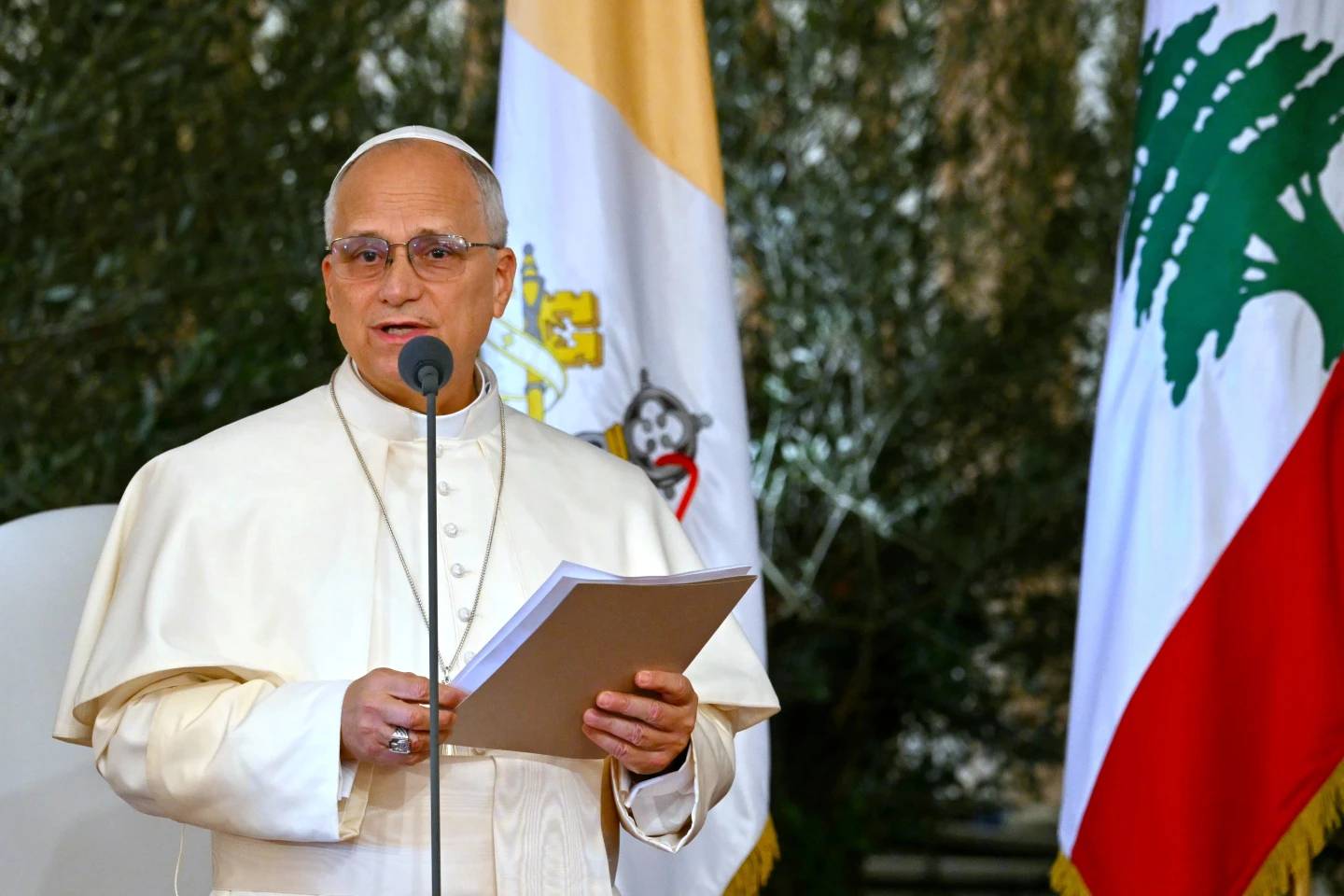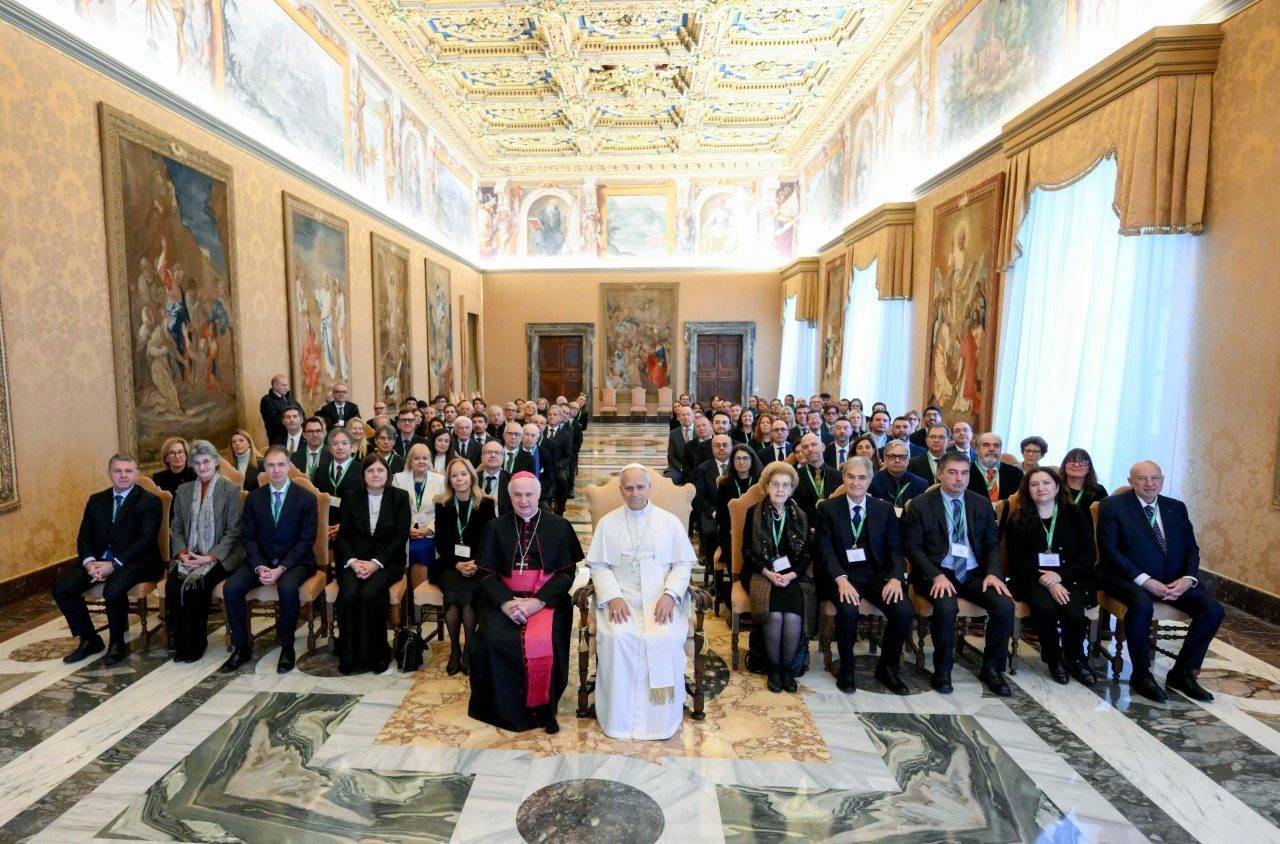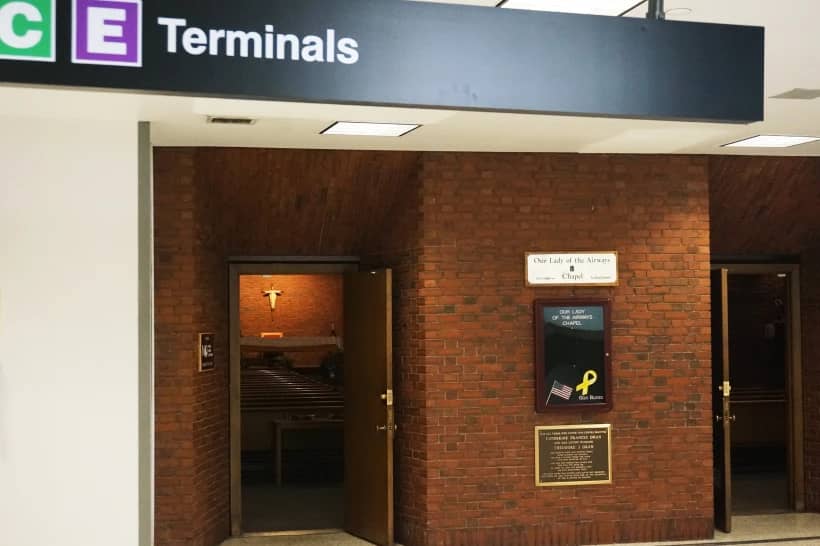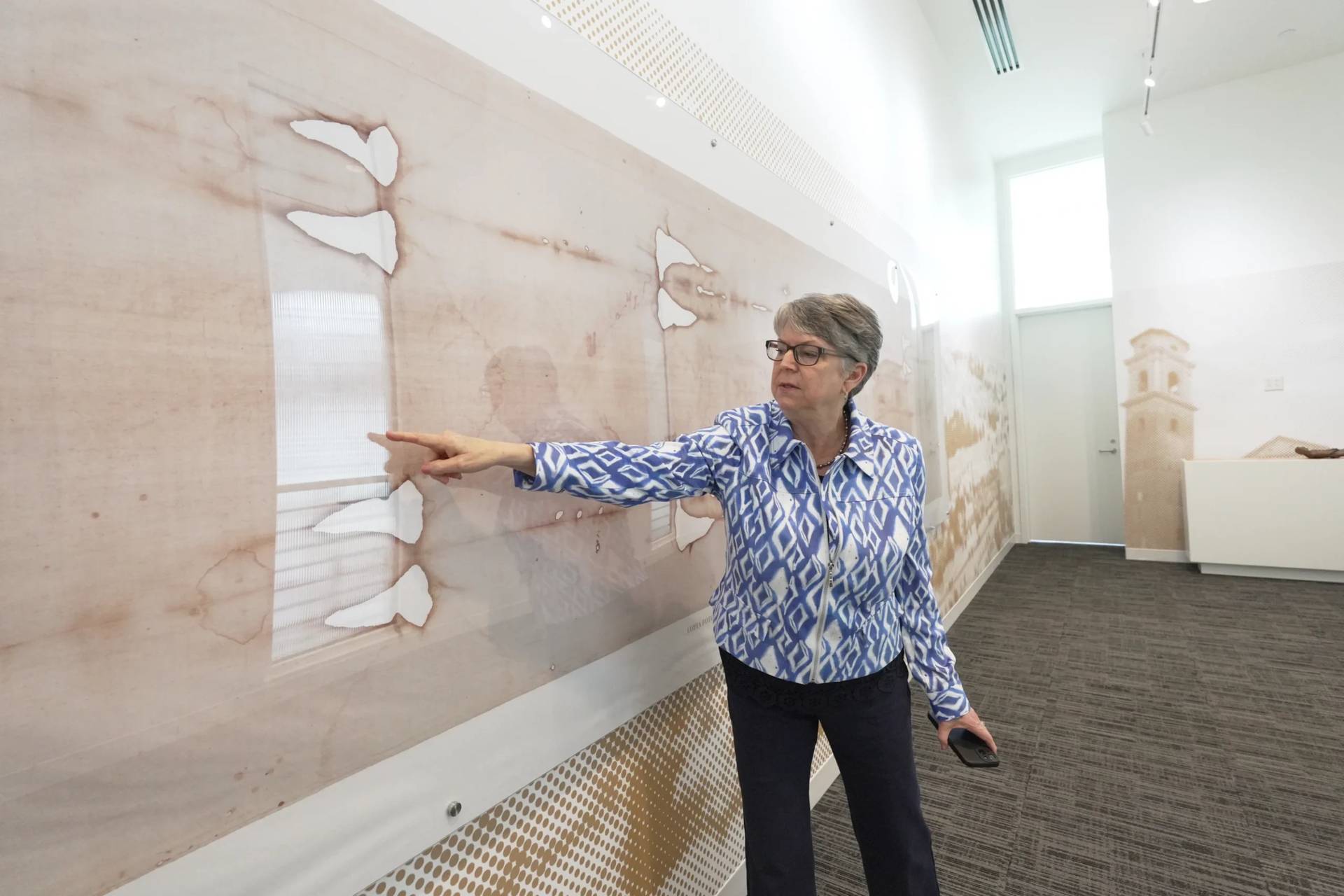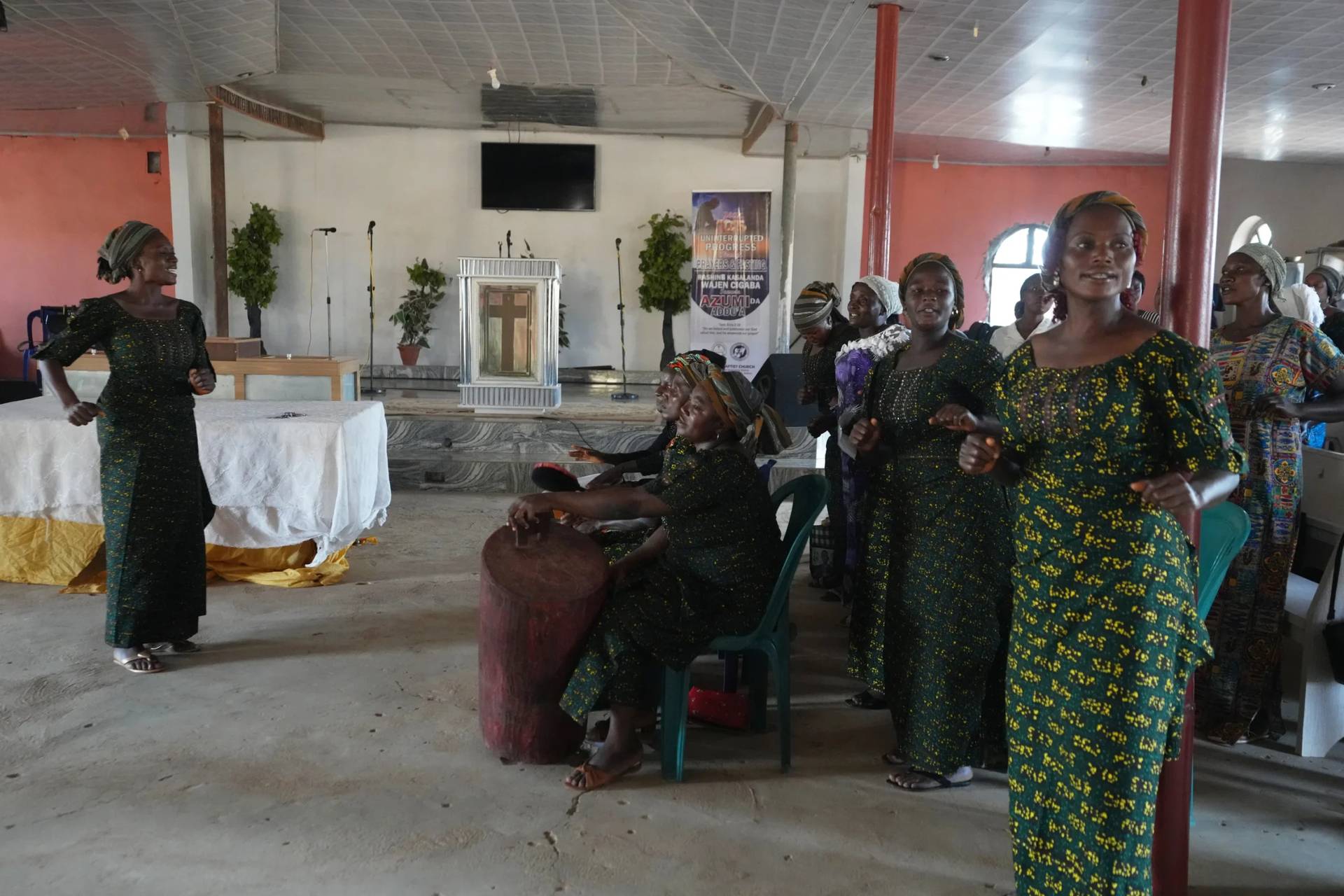NEW YORK – El Paso Bishop Mark Seitz, the U.S. bishops’ conference migration chair, applauded the federal government for its new migrant family reunification program, but simultaneously cautioned that comprehensive immigration reform from Congress remains the only sustainable path forward.
The family reunification program, implemented by the Department of Homeland Security July 7, allows qualified nationals from Colombia, El Salvador, Guatemala, and Honduras to join their family in the United States, and be considered for parole on a case-by-case basis for a period of up to three years while they wait to apply to become a lawful permanent resident.
In a statement on the program, Seitz said it “provides a realistic opportunity for attaining family unity and reunification,” but noted that the need for the program highlights the problem with the current system, and in general the need for Congress to work towards comprehensive immigration reform.
“Unfortunately, what the need for such programs demonstrates – and as similar programs created for Cubans and Haitians have already underscored – is that backlogs continue to pose untenable challenges for aspiring migrants who seek to avail themselves of the limited legal pathways currently available, whether family- or employment based in nature,” Seitz said July 10.
“This is why my brother bishops and I, along with the vast majority of civic leaders and the American public, know immigration reform is ultimately the only true and sustainable solution to these challenges,” Seitz added. “We continue to urge Congress to come together on a bipartisan basis to achieve this, a difficult but not impossible task.”
The immigration court asylum backlog has risen every year since 2017, with even more substantial leaps from Fiscal Year 2021 to Fiscal Year 2022, and from Fiscal Year 2022 to Fiscal Year 2023. The current backlog sits at 146,084, according to a Syracuse University tracker.
To qualify, someone from one of those countries must meet a series of requirements, which includes screening and vetting and medical requirements, and must not already have an immigrant visa. The process is done through the Form I-130, Petition for Alien Relative, which someone typically uses as the first step in helping an eligible relative apply to immigrate to the United States and get a Green Card.
The process begins with the Department of State issuing an invitation to the petitioning U.S. citizen or lawful permanent resident family member whose Form I-130 on behalf of a Colombian, Salvadoran, Guatemalan, or Honduran beneficiary has been approved. The invited petitioner can then initiate the process by filing a request on behalf of the beneficiary and eligible family members to be considered for advance travel authorization and parole, according to DHS.
The new program is a part of measures DHS announced back in April ahead of the end of Title 42 on May 11 – a controversial border policy that allowed the immediate expulsion of migrants – that aimed to increase the number of legal pathways migrants could use to enter the U.S., while also discouraging migrants from crossing into the United States illegally.
The extent to which those efforts worked should be clearer in the coming weeks when U.S. Customs and Border Protection is expected to release its data for encounters in June. Data from at least one migrant shelter run by a border diocese viewed by Crux shows it has received significantly fewer migrants since Title 42 ended on May 12, suggesting that illegal border crossings are, for now, down.
Alejandro Mayorkas, Secretary of the Department of Homeland Security, said in a July 7 statement that the new family reunification program “promote[s] family unity and provide[s] lawful pathways consistent with our laws and our values.”
“The Department has proven that the expansion of safe, orderly, and lawful pathways, combined with strong enforcement, is effective in reducing dangerous, irregular migration to the United States,” Mayorkas said.
Follow John Lavenburg on Twitter: @johnlavenburg






